- In the Garden
- >
- Gardens
- >
- Gardens R-Z
- >
- Sino-Himayalan Garden
Sino-Himayalan Garden
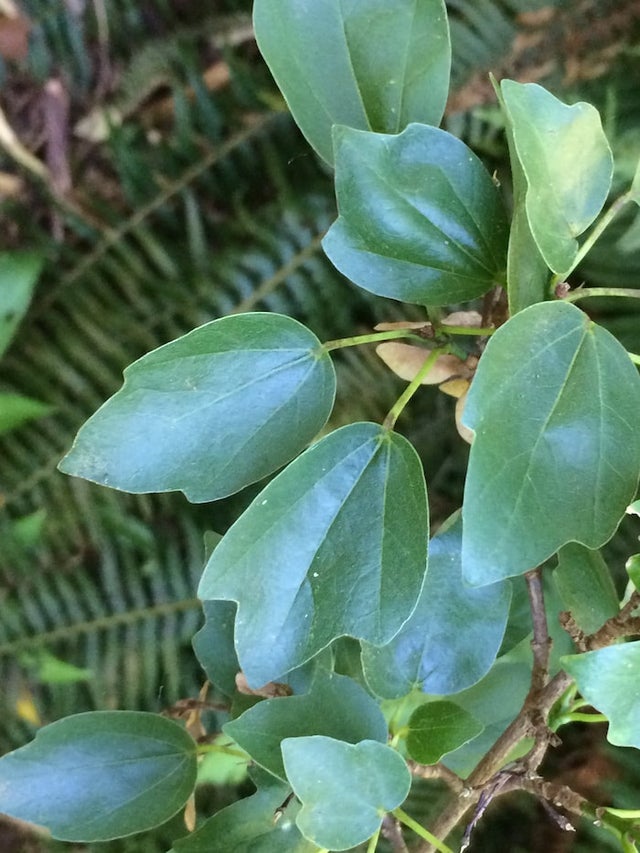
Acer buergerianum 'Miyasama'
CA$0.00
CA$0.00
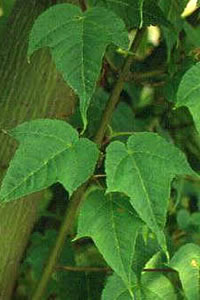
Acer forrestii
CA$0.00
CA$0.00
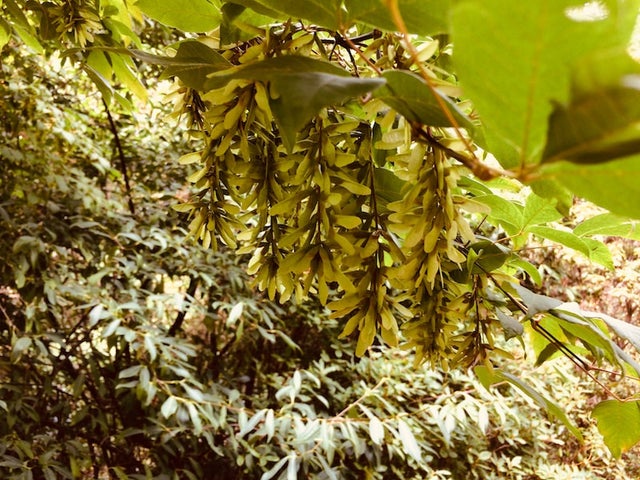
Acer henryi
CA$0.00
CA$0.00
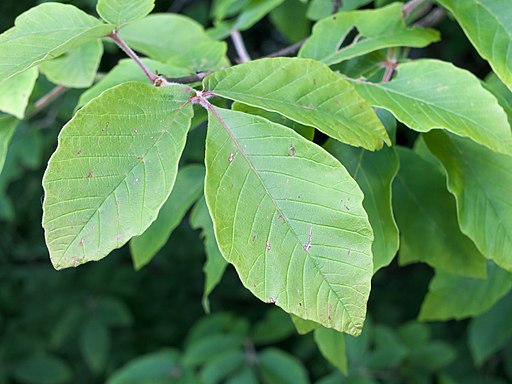
Acer maximowiczianum
CA$0.00
CA$0.00
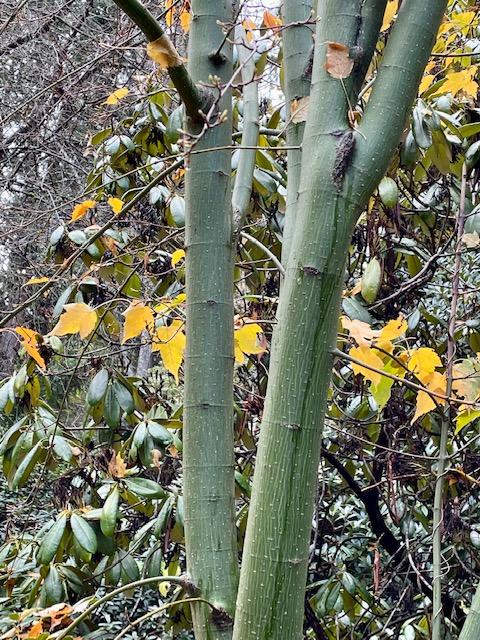
Acer maximowiczii
CA$0.00
CA$0.00
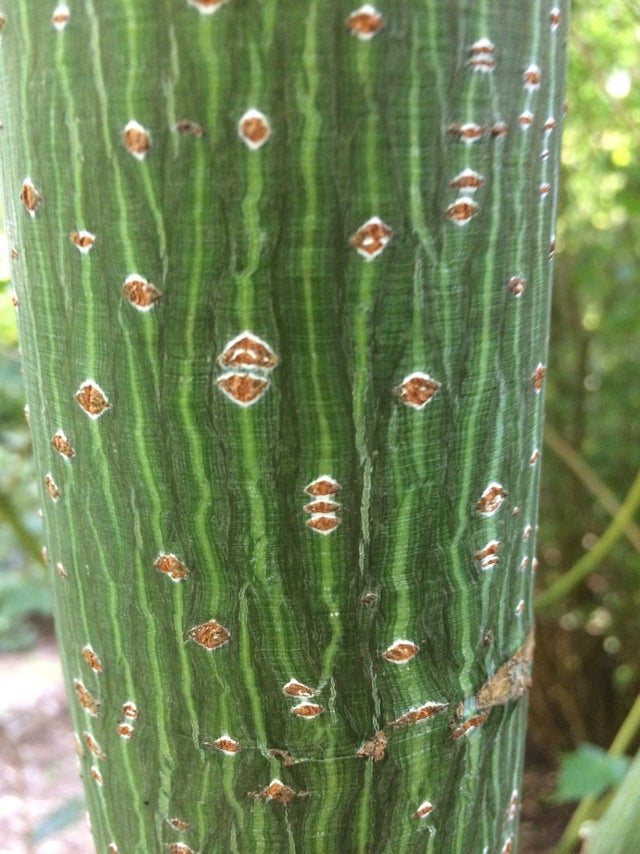
Acer rubescens
CA$0.00
CA$0.00
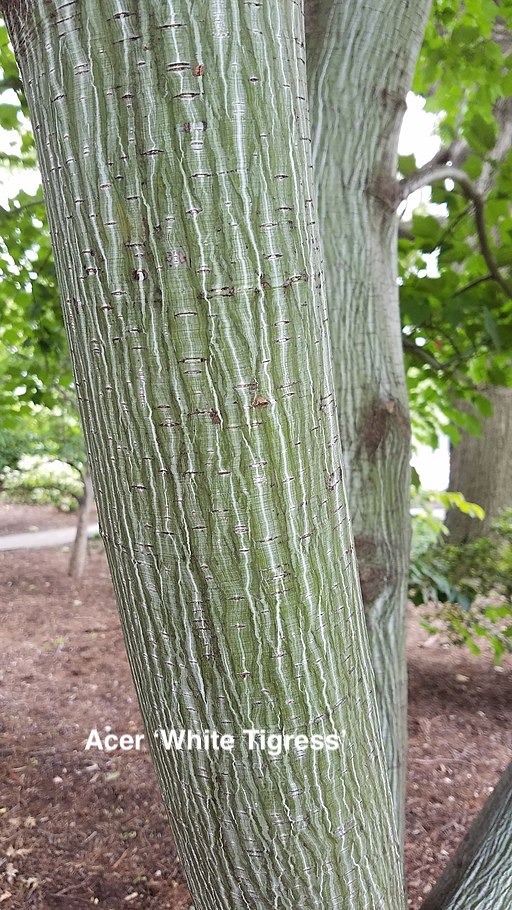
Acer 'White Tigress'
CA$0.00
CA$0.00
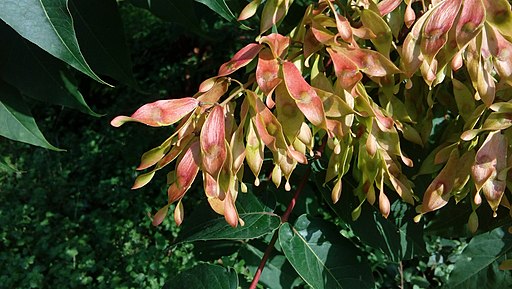
Ailanthus altissima
CA$0.00
CA$0.00
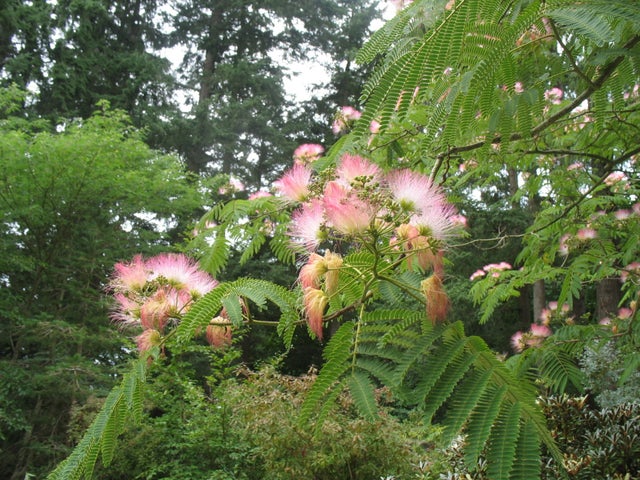
Albizia julibrissin
CA$0.00
CA$0.00
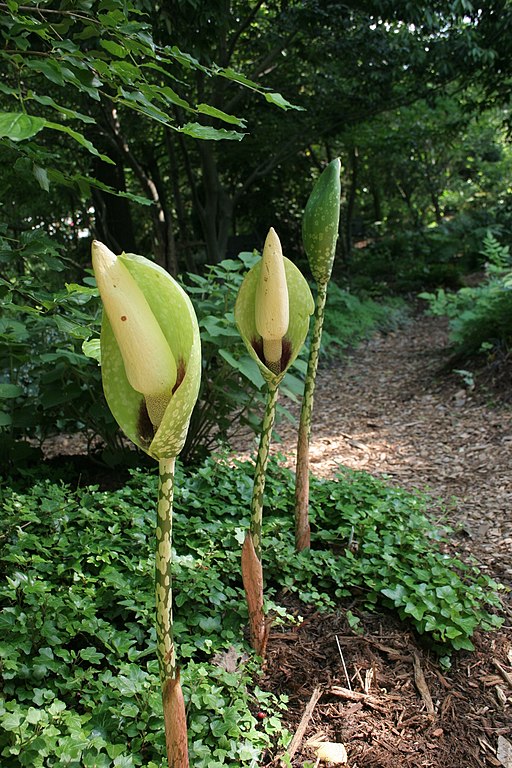
Amorphophallus dunnii
CA$0.00
CA$0.00
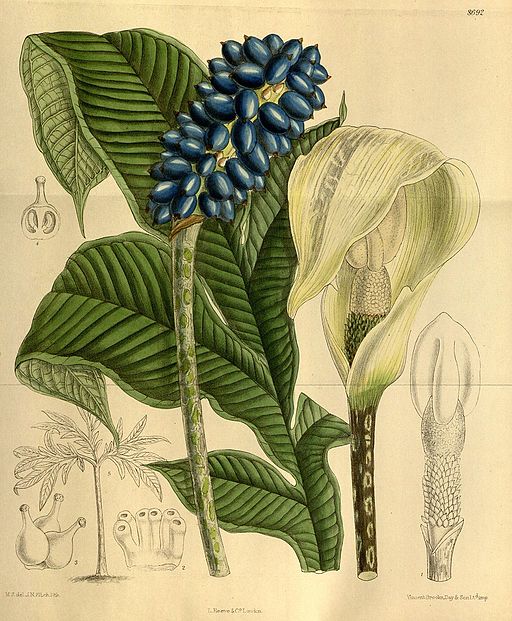
Amorphophallus kerrii
CA$0.00
CA$0.00
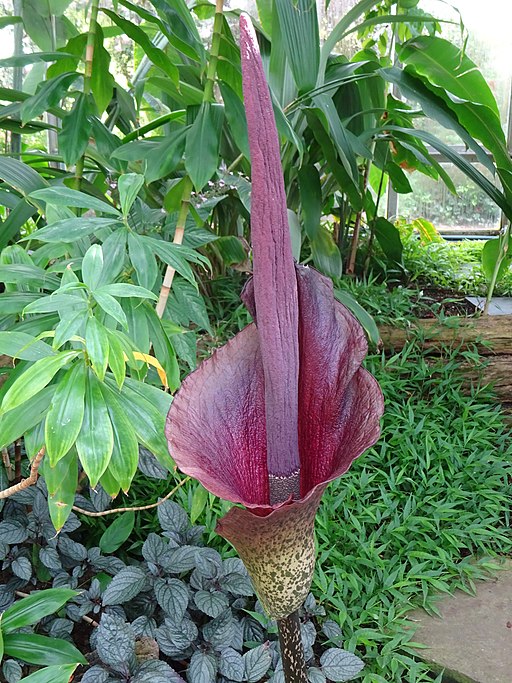
Amorphophallus konjac
CA$0.00
CA$0.00
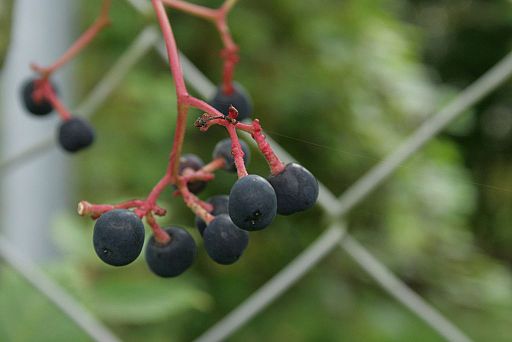
Ampelopsis megalophylla
CA$0.00
CA$0.00
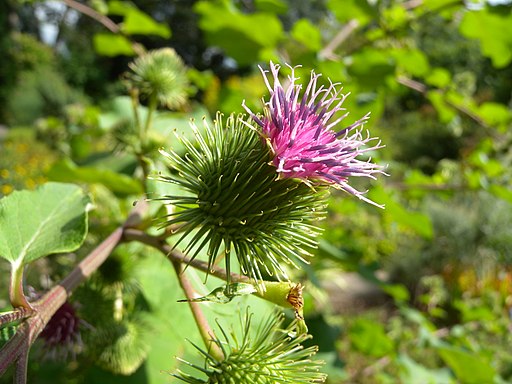
Arctium lappa
CA$0.00
CA$0.00
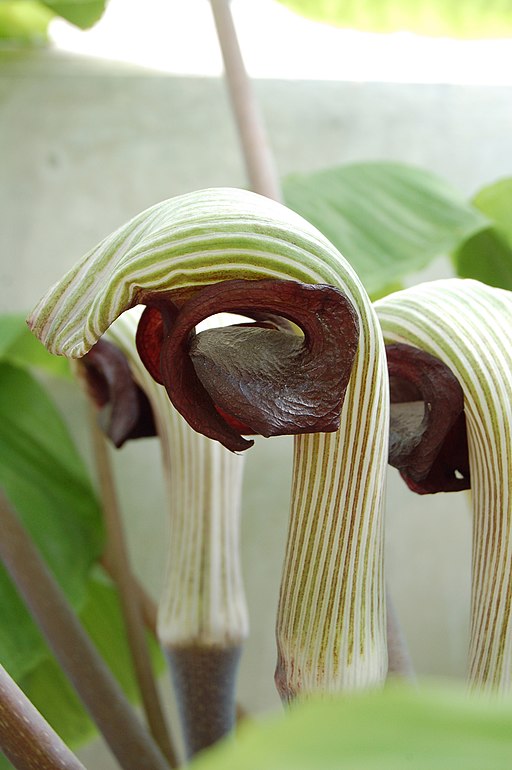
Arisaema ringens
CA$0.00
CA$0.00

Betula maximowicziana
CA$0.00
CA$0.00
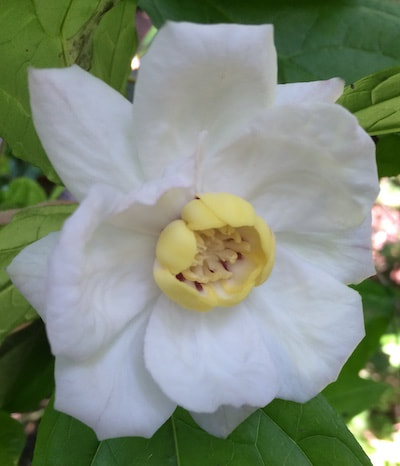
Calycanthus chinensis
CA$0.00
CA$0.00
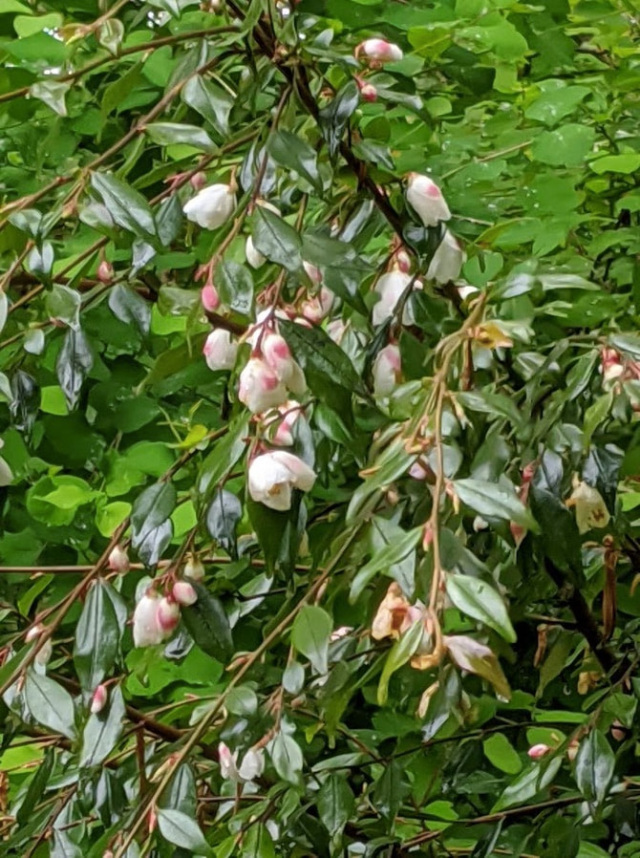
Camellia 'Elina Cascade'
CA$0.00
CA$0.00
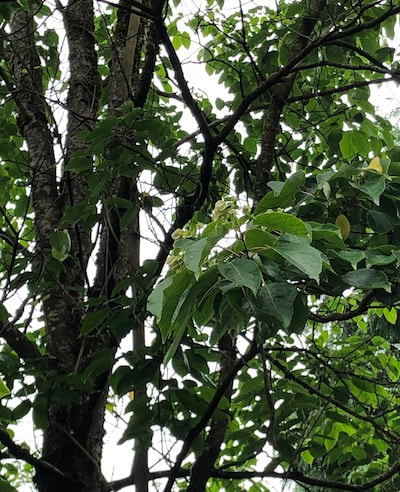
Carrierea calycina
CA$0.00
CA$0.00
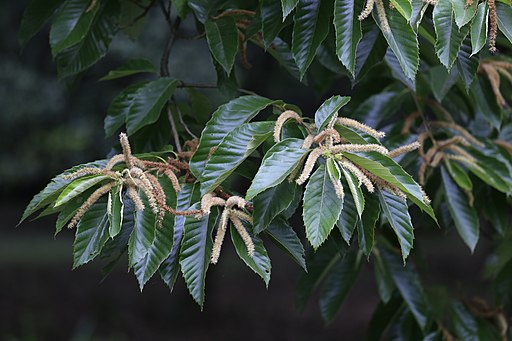
Castanea mollissima
CA$0.00
CA$0.00
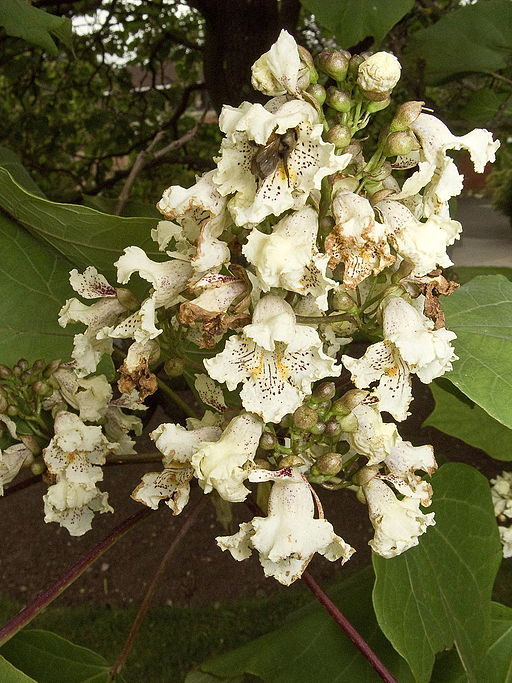
Catalpa ovata
CA$0.00
CA$0.00
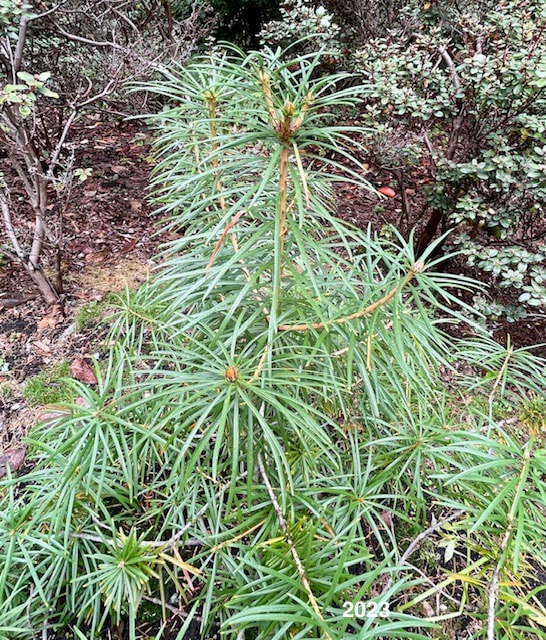
Cathaya argyrophylla
CA$0.00
CA$0.00
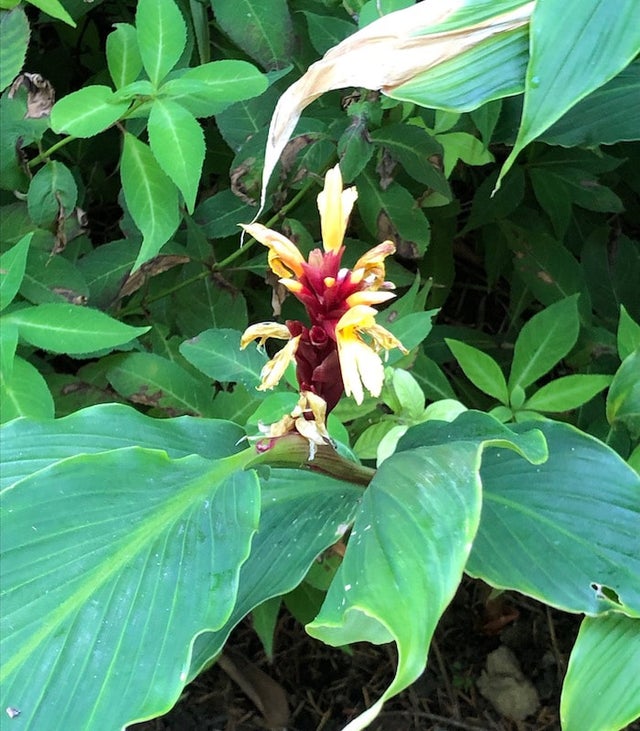
Cautleya spicata
CA$0.00
CA$0.00

Ceratostigma willmottianum
CA$0.00
CA$0.00
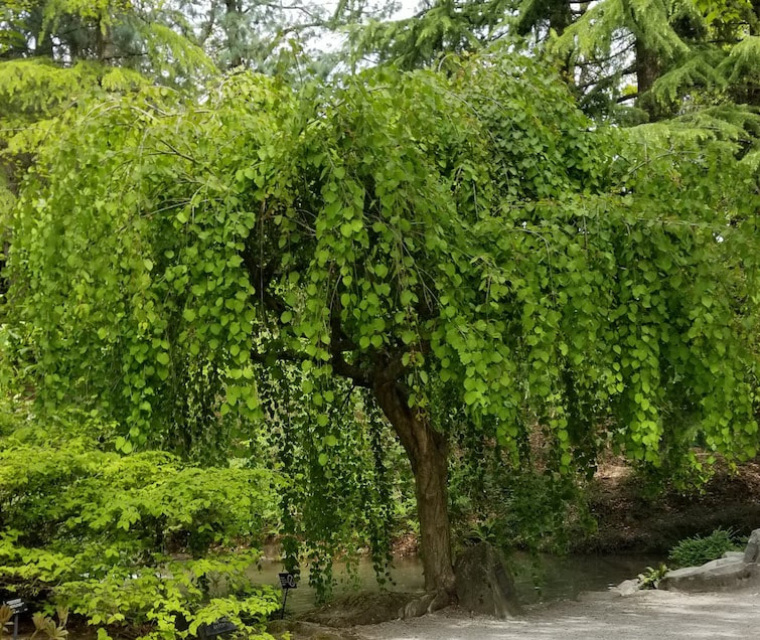
Cercidiphyllum japonicum 'Morioka Weeping'
CA$0.00
CA$0.00
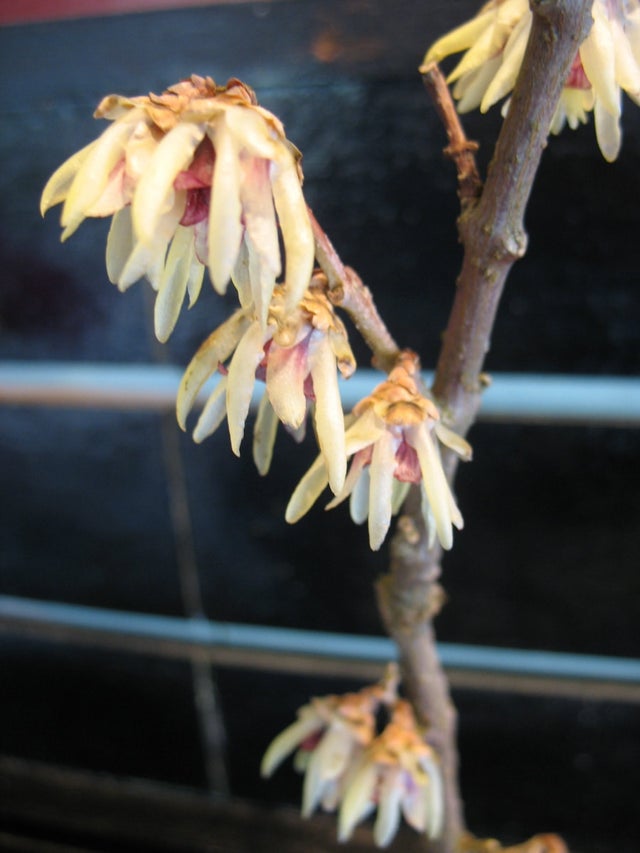
Chimonanthus praecox
CA$0.00
CA$0.00
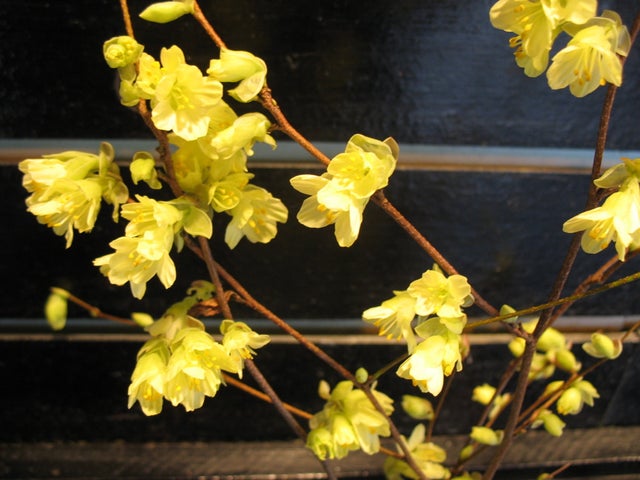
Corylopsis pauciflora
CA$0.00
CA$0.00
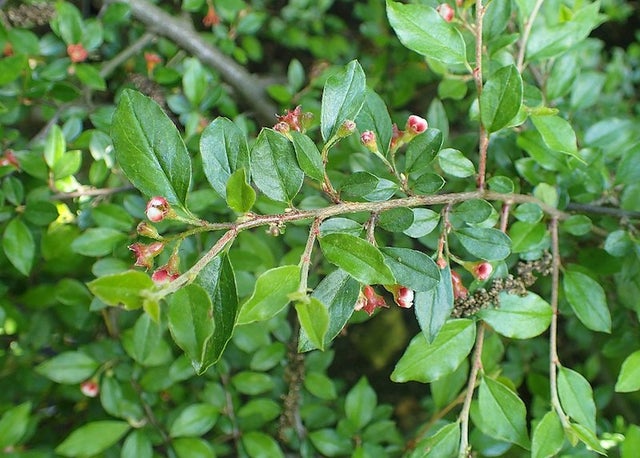
Cotoneaster harrysmithii
CA$0.00
CA$0.00
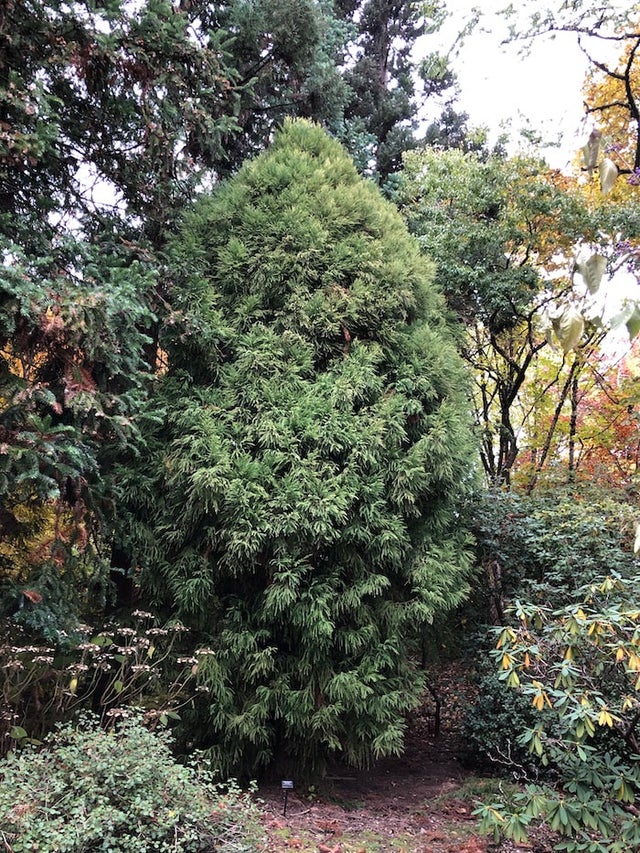
Cryptomeria japonica 'Sekkan-sugi'
CA$0.00
CA$0.00
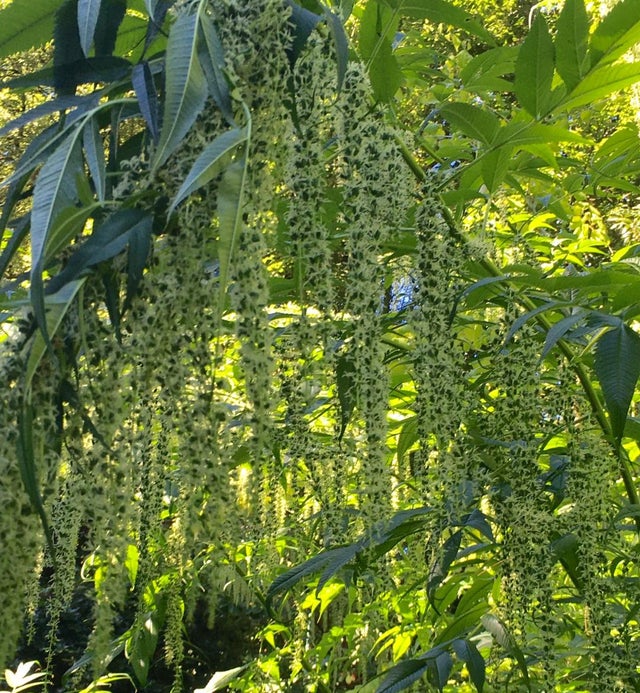
Datisca cannabina
CA$0.00
CA$0.00

Abies veitchii
CA$0.00
CA$0.00
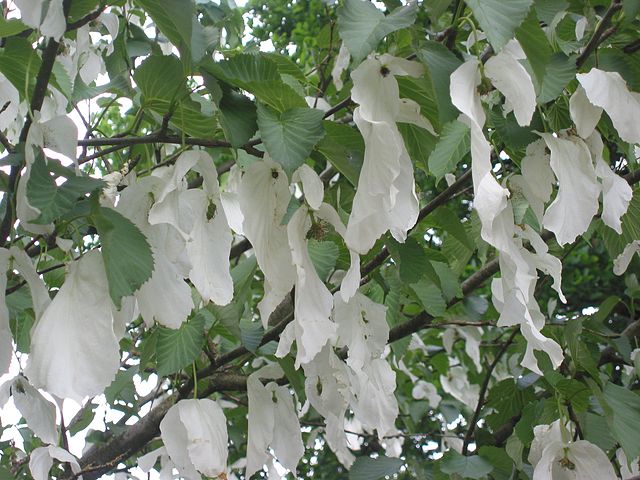
Davidia involucrata
CA$0.00
CA$0.00
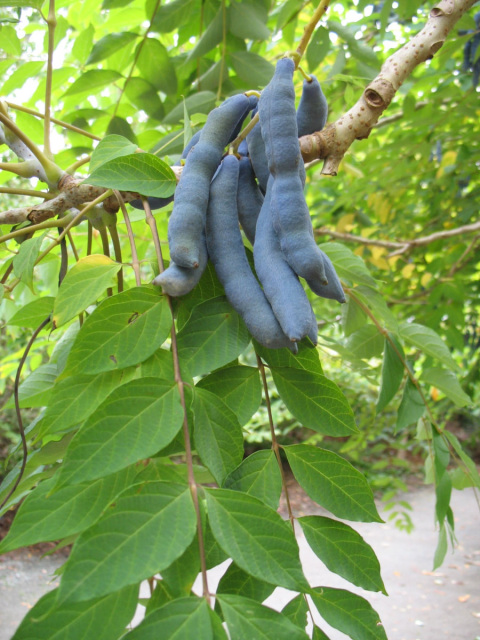
Decaisnea insignis
CA$0.00
CA$0.00
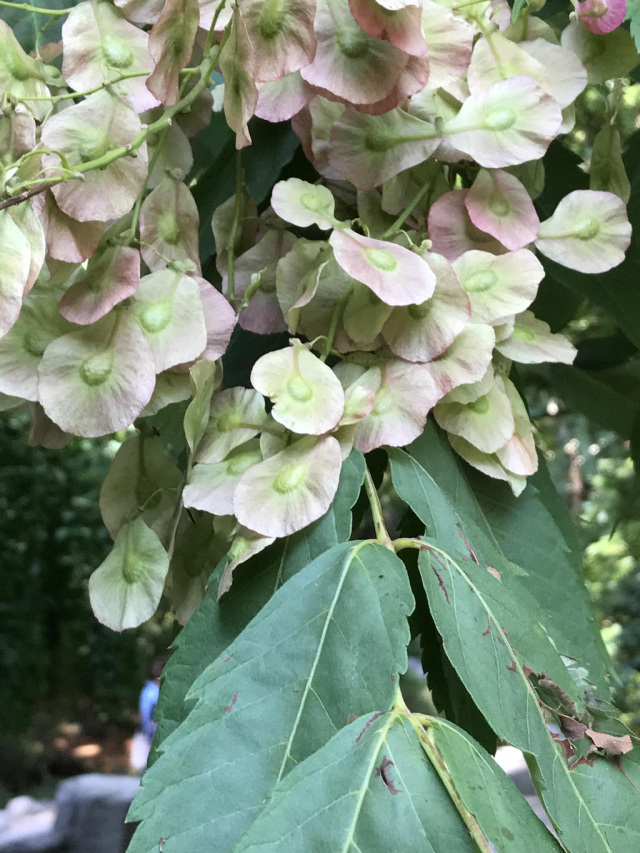
Dipteronia sinensis
CA$0.00
CA$0.00
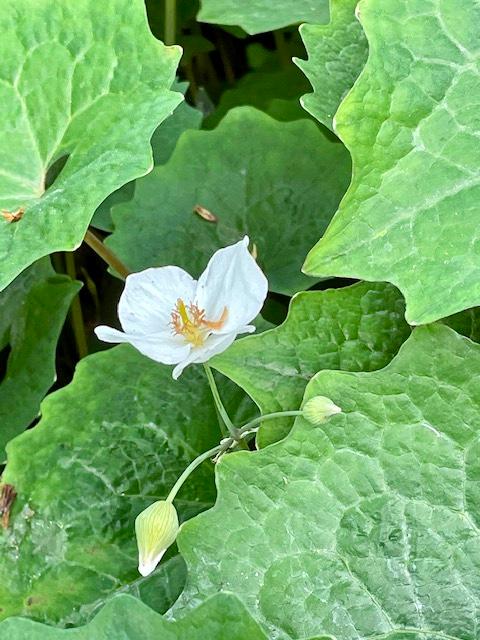
Eomecon chionantha
CA$0.00
CA$0.00
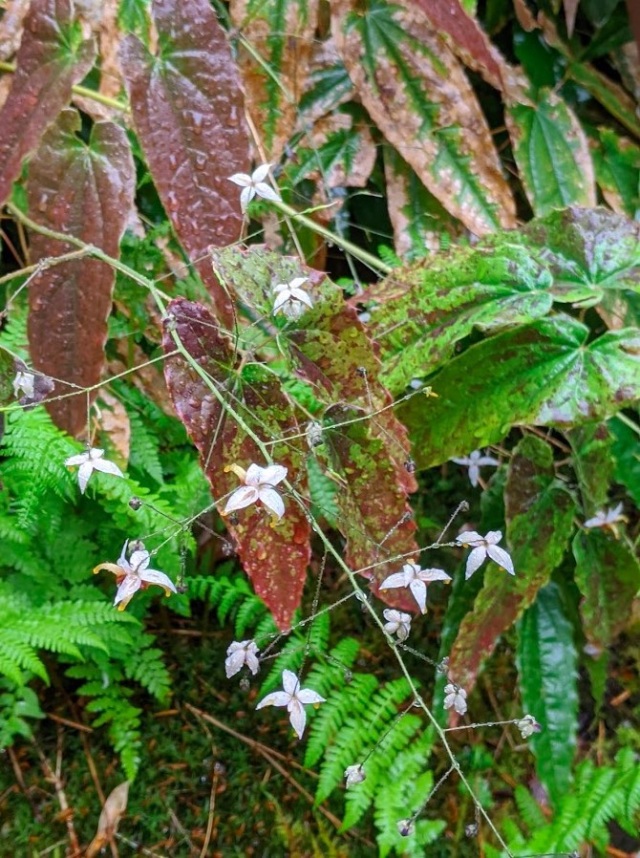
Epimedium chlorandrum
CA$0.00
CA$0.00